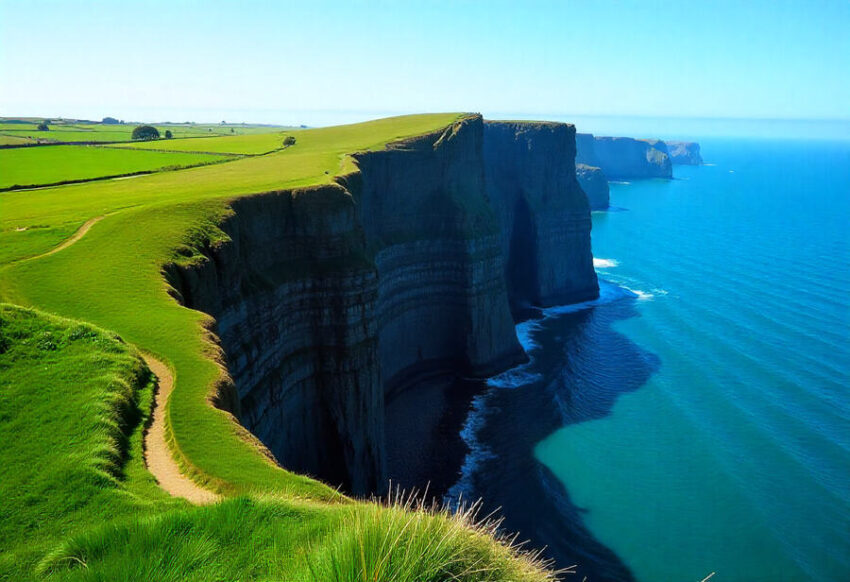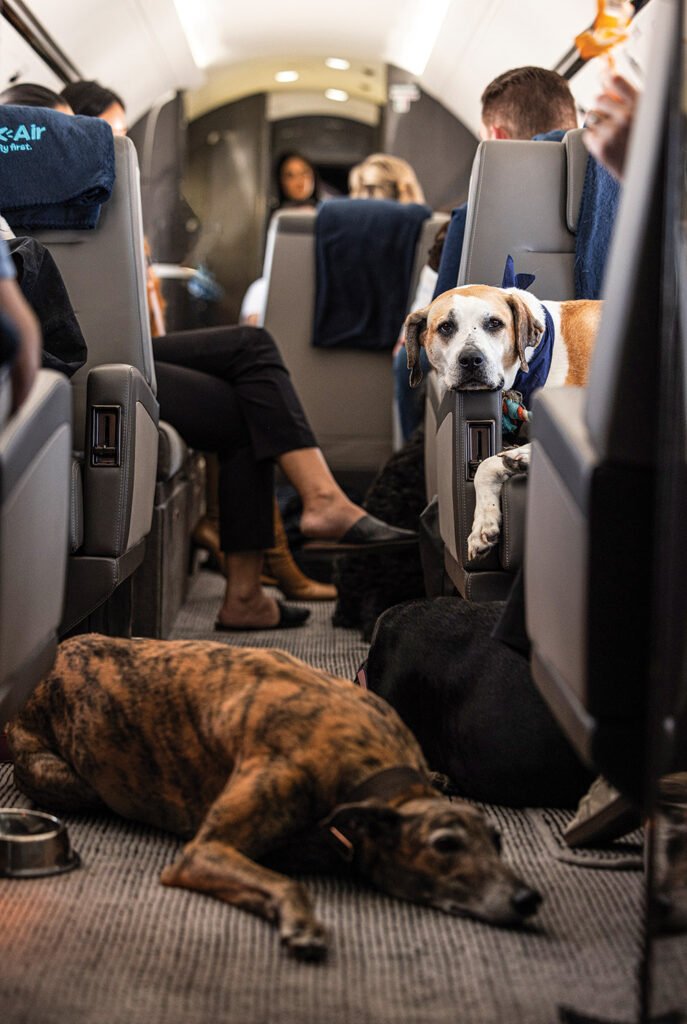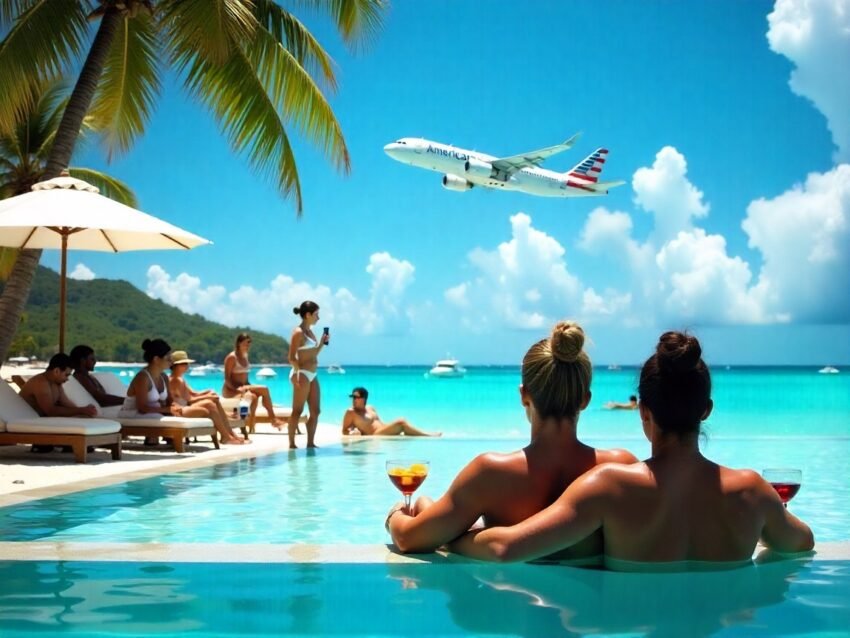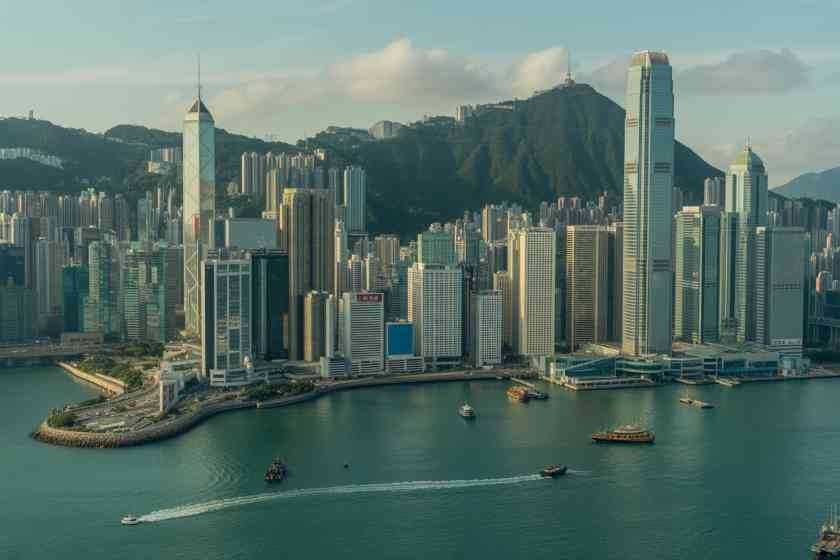Published on
October 28, 2025

US Joins Germany, Canada, UK, France, and More in Hammering Ireland Tourism in 2025 as Visitor Numbers Drop Significantly due to economic uncertainties, rising operational costs, and shifting travel preferences. While Ireland has long been a popular destination for tourists from key international markets, 2025 has seen a noticeable decline in visitors from the United States, Germany, the UK, France, and Canada. This drop in tourist numbers has put immense pressure on the country’s tourism sector, highlighting the challenges businesses face as they struggle to recover from a series of economic hurdles. From rising accommodation costs to changing travel habits, these factors have collectively dampened Ireland’s tourism industry, leaving many operators bracing for a tough year ahead.
Ireland’s tourism industry has long relied on key international markets such as the United States, Germany, the United Kingdom, and France. However, the latest figures for 2025 reveal a troubling trend for the Irish tourism sector as visitor numbers from several major markets have dropped significantly. The decline in tourism revenue is a result of multiple factors, including changing travel preferences, economic uncertainty, and the ongoing challenges posed by rising operational costs. As Ireland’s tourism businesses struggle to recover, they face a harsh reality: 2025 has been a year of stagnation, and the road to recovery is steeper than expected.
The Decline in Visitor Numbers from Key Markets
The decline in tourism from the United States, Germany, the United Kingdom, France, and other international markets has left a noticeable mark on Ireland’s tourism performance in 2025. According to Fáilte Ireland’s most recent survey, 44% of tourism businesses reported a decrease in revenue from North American tourists, while 48% experienced a similar decline from British visitors. German tourist numbers also fell by a significant 44%, and French spending dropped by 55%. This sharp reduction in arrivals from traditionally strong markets has raised serious concerns about the future of Ireland’s tourism industry.
United States: Stability Amid Challenges
The United States, which has traditionally been one of the largest sources of foreign visitors to Ireland, saw a slight decline in 2025. Although overall visitor numbers from the US decreased by 5% in comparison to 2024, the country still maintained a strong presence in Ireland’s tourism landscape. The decrease is attributed to economic uncertainty and shifting travel preferences, with some US tourists opting for destinations closer to home due to rising costs. However, the drop was not as steep as seen in other countries, reflecting a more resilient tourism trend from the North American market.
United Kingdom: A Steady Decline
The UK, historically one of Ireland’s biggest tourist markets, experienced a 48% decrease in visitor numbers in 2025. The ongoing economic pressures, combined with the post-Brexit travel challenges, have likely contributed to the decline in British tourism to Ireland. Additionally, the sharp depreciation of the pound against the euro has made international travel more expensive for British visitors, further discouraging trips to Ireland. The political and economic uncertainty surrounding the UK’s post-Brexit landscape has compounded these challenges, making it harder for Irish tourism businesses to attract British tourists.
Germany: A Notable Decrease
Germany has long been a key market for Irish tourism, but the 2025 survey results show a concerning 44% drop in visitor numbers from German tourists. Factors such as global economic instability, changing travel preferences, and the rise of more affordable destinations in other parts of Europe may be contributing to this decline. Additionally, some German tourists may be opting for more budget-friendly travel options closer to home, further impacting Ireland’s tourism numbers. This decrease highlights a broader trend across Europe, as many European countries have seen a decline in tourism to Ireland in 2025.
France: A Sharp Decline in Tourist Spending
France, another vital market for Ireland’s tourism sector, saw a staggering 55% decrease in tourist spending in 2025. This sharp decline reflects a broader downturn in French travel to Ireland, with fewer French tourists choosing Ireland as their holiday destination. Rising costs of living, economic uncertainty, and a preference for closer, more affordable destinations may have contributed to this trend. The high costs of accommodation, transportation, and general travel expenses have made Ireland a less attractive destination for French tourists in 2025.
Canada: The Shift in Travel Habits
Canada, like the United States, has been an important source of visitors to Ireland. However, 2025 saw a 22% decrease in air travel from Canada to the United States, and this change has also affected the number of Canadians traveling to Ireland. Many Canadian tourists have shifted their focus to destinations closer to home, as the cost of international flights continues to rise. While Ireland has traditionally attracted Canadian tourists, the ongoing economic pressures and the growing popularity of domestic travel options have contributed to the drop in Canadian visitors.
Sectoral Struggles: Hotels, Restaurants, and B&Bs
The performance of different sectors within Ireland’s tourism industry has varied significantly in 2025. While some businesses have seen growth, many others have been hit hard by the economic climate and rising costs.
Hotels: Short Breaks Replace Longer Stays
The hotel sector experienced a mixed performance in 2025. While 54% of hotels reported an increase in turnover during the summer, this growth was tempered by a reduction in the number of longer stays. The rise of short breaks has been a noticeable trend in recent years, with more travelers opting for shorter, more affordable getaways instead of extended vacations. This shift in consumer behavior has contributed to the hotel industry’s challenges. However, the growth in short breaks has partially offset the decline in longer stays, offering some relief to hotels, particularly in popular regions such as the Wild Atlantic Way.
Restaurants and B&Bs: Struggling to Stay Afloat
On the other hand, restaurants and bed and breakfasts (B&Bs) have faced a much harder time in 2025. According to Fáilte Ireland’s survey, 64% of restaurants and 52% of B&Bs reported that the summer of 2025 had been particularly difficult for their businesses. Rising operational costs, especially in energy and payroll expenses, have put a significant strain on the profitability of these establishments. The high cost of living in Ireland has led to rising prices, making it harder for small businesses to compete with larger, more established tourism providers. As a result, many restaurants and B&Bs have had to cut back on services or increase their prices, which has deterred some potential visitors.
Regional Disparities: Wild Atlantic Way vs. Dublin and Hidden Heartlands
The survey also revealed stark regional disparities in the performance of Ireland’s tourism industry. Some regions, such as the Wild Atlantic Way and Ireland’s Ancient East, were able to maintain their revenue levels from 2024, thanks to their strong appeal and steady stream of visitors. The breathtaking landscapes, cultural heritage, and outdoor activities in these areas continue to attract tourists, even as the overall industry faces challenges.
However, businesses located in Ireland’s Hidden Heartlands and urban areas such as Dublin have experienced more difficulty. 50% of operators in Ireland’s Hidden Heartlands and 48% of those in Dublin reported a decrease in revenue compared to 2024. Factors such as high accommodation costs, competition from more well-known tourist regions, and a lack of significant appeal for certain traveler demographics have contributed to these declines. Urban and midland-based businesses are struggling to attract tourists, making it harder for them to recover from the broader tourism downturn.
The Ongoing Impact of Economic Uncertainty and Rising Costs
Rising operational costs remain one of the most significant challenges for Ireland’s tourism businesses in 2025. Over 1,000 survey respondents cited energy costs as a primary concern, reflecting the broader economic pressures that businesses are facing in the wake of global energy price fluctuations. Additionally, payroll costs were highlighted as a key factor affecting profitability, with 81% of hotels and food and drink operators listing them as a major concern.
For non-accommodation operators, such as tour operators and attractions, the high cost of accommodation has become a growing issue, especially when it comes to attracting international visitors. The perception that a holiday in Ireland offers poor value for money is becoming more common among tourists, particularly from countries like the United States and Germany. The combination of rising prices and economic uncertainty has made it harder for Ireland to remain competitive in the global tourism market.
Looking Ahead: An Uncertain Outlook for the Rest of 2025
As the final quarter of 2025 approaches, the outlook for Ireland’s tourism industry remains bleak. According to the survey, 44% of businesses expect their revenue to decline in the last quarter of 2025, while only 21% expect an increase in income. Most operators are bracing for a challenging end to the year, with concerns about economic uncertainty, rising costs, and changing travel trends weighing heavily on the sector.
The impact of international trade tariffs, particularly with the United States, has also had an effect on the tourism sector. About 25% of businesses claimed that the uncertainty caused by tariffs has negatively impacted their investment plans, with many operators delaying or scaling back projects. This uncertainty, coupled with the broader global economic instability, could further hurt Ireland’s ability to attract international visitors.
US Joins Germany, Canada, UK, France, and More in Hammering Ireland Tourism in 2025 as Visitor Numbers Drop Significantly due to economic uncertainty, rising costs, and changing travel preferences. This decline from key international markets has put immense pressure on Ireland’s tourism sector, hindering its recovery efforts.
2025 has been a difficult year for Ireland’s tourism industry. Visitor numbers from key markets, including the United States, Germany, the UK, and France, have dropped significantly, and rising operational costs continue to put a strain on businesses. While some regions and sectors have shown resilience, the overall outlook for the industry remains uncertain. With the challenges of economic uncertainty, shifting travel preferences, and rising costs, Ireland’s tourism sector will need to adapt and innovate if it hopes to recover and thrive in the coming years. The road to recovery will not be easy, but with a renewed focus on attracting international visitors and supporting local businesses, there is hope that Ireland can regain its position as a top global travel destination.







